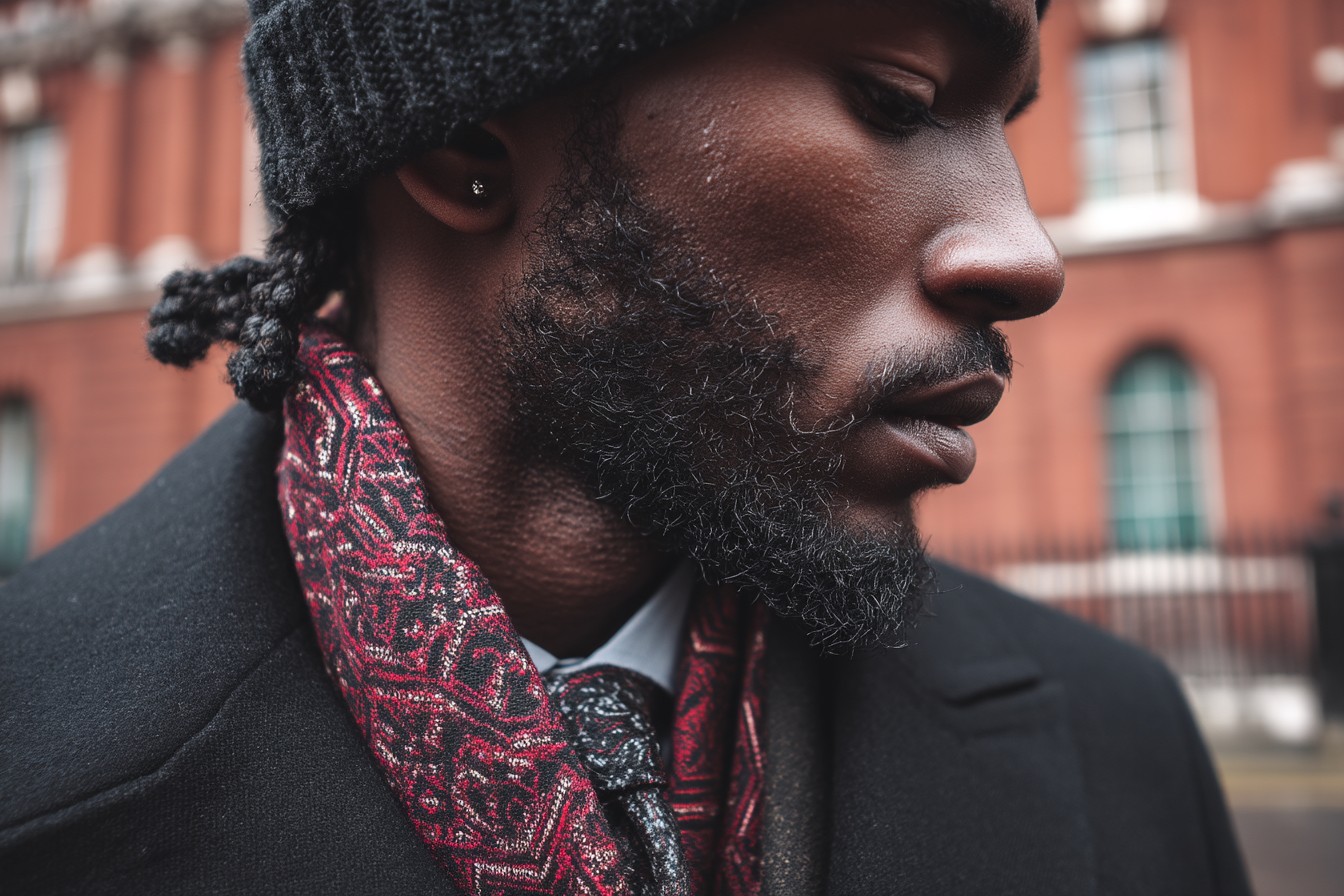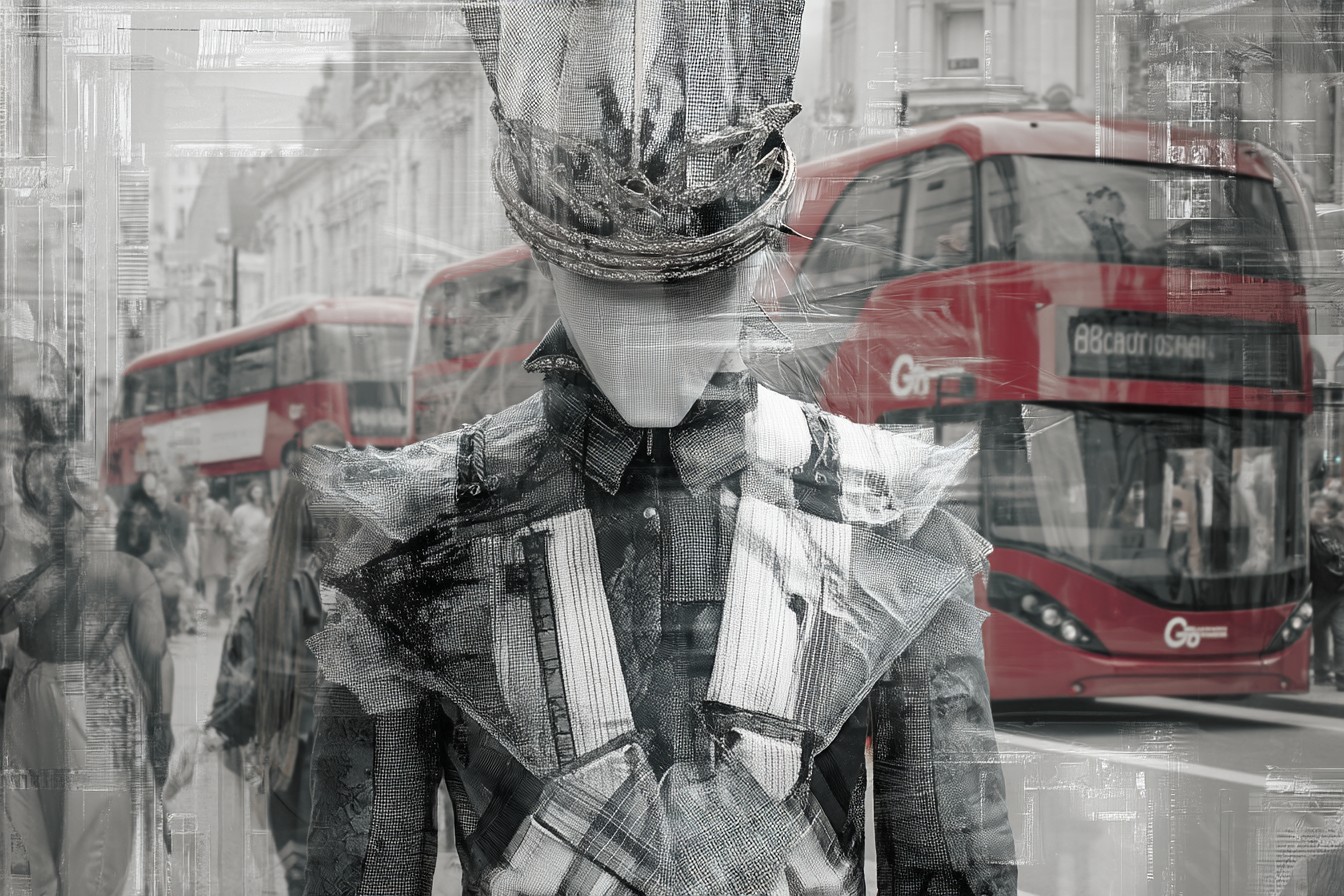There’s a special kind of cold that exists only in Britain—a damp, insidious chill that somehow feels worse than the minus-twenty freeze I experienced in Stockholm a few years back. I remember standing at a bus stop in Manchester one January evening, wearing what I thought was a perfectly adequate winter coat, and feeling like the cold was physically passing through my body, setting up residence in my bones, and sending out invitations for more cold to join the party. A woman next to me, considerably less bundled up but infinitely more comfortable-looking, caught my pathetic shivering and just said, “You’re wearing the wrong layers, love.” She was right, of course. I had the completely wrong strategy for British winter.
See, most winter clothing advice comes from places with proper, committed winters—places where the temperature plummets but the air stays dry, where a thick down jacket makes perfect sense. That’s not our reality. Our winters hover in that miserable zone between 1-7°C, perpetually damp, with occasional wind that feels like it’s being personally directed at you by some meteorological entity with a grudge. I’ve spent years refining my approach to this uniquely British problem through extensive trial, error, and at least three memorably miserable New Year’s Eves where I prioritized looking good over actually being able to feel my extremities.
Let’s start with the fundamental truth that changed everything for me: British winter layering isn’t about one thick layer; it’s about strategic combinations that trap heat while managing moisture. That second bit—managing moisture—is where most of us go wrong. We focus entirely on keeping cold out without considering that our bodies are constantly producing heat and sweat, even in winter. When that moisture gets trapped against your skin in our damp climate, you’re setting yourself up for that horrible clammy-yet-freezing feeling that defines British winter misery.

My epiphany came after spending an obscene amount on a premium down jacket that left me simultaneously sweaty and shivering during a December pub crawl. Meanwhile, my friend Tom—who spends his weekends hiking in the Peak District—was perfectly comfortable in what looked like objectively less substantial clothing. “It’s all about the base layer,” he explained, looking annoyingly smug and comfortable. “Everything else is just details.”
He wasn’t entirely right (the mid and outer layers matter too), but he wasn’t wrong either. The foundation of effective British winter dressing starts next to your skin. Forget cotton t-shirts—they absorb moisture and hold it against your body, creating that horrible cold dampness once you’ve walked more than five minutes. Instead, invest in proper merino wool base layers. Yes, I know they’re not cheap. Yes, I know they sometimes look a bit like something your granddad would wear. Trust me on this—they’re revolutionary.
Merino manages moisture without feeling wet, retains heat even when damp, and—crucial bonus—doesn’t smell even after extended wear. I’ve got a rotation of three lightweight merino t-shirts that get me through most of the winter. They’re thin enough to wear under normal clothes without adding bulk but make an astonishing difference to your overall warmth. For particularly bitter days, I’ll upgrade to a slightly heavier weight long-sleeve version. The difference between starting your layering with cotton versus merino is like the difference between wearing wet newspaper and an electric blanket.
The mid-layer is where you have more flexibility to express personal style while still serving the technical purpose of insulation. This is your knitwear zone, and Britain excels at this bit—we should, considering our weather and historic wool industry. Lambswool, Shetland wool, and cashmere all work brilliantly here. The key is finding knits with a tight enough weave to block wind but enough loft to trap warm air.
My winter workhorse is a navy lambswool crewneck from a small Scottish maker that cost about the same as three decent London pub lunches—not cheap but not luxury-priced either. It’s lasted five winters and counting with no signs of giving up. For smarter occasions, I have a charcoal cashmere crew that looks relatively plain but actually has a subtle herringbone pattern that only reveals itself up close—perfect for adding interest without looking like you’re trying too hard.
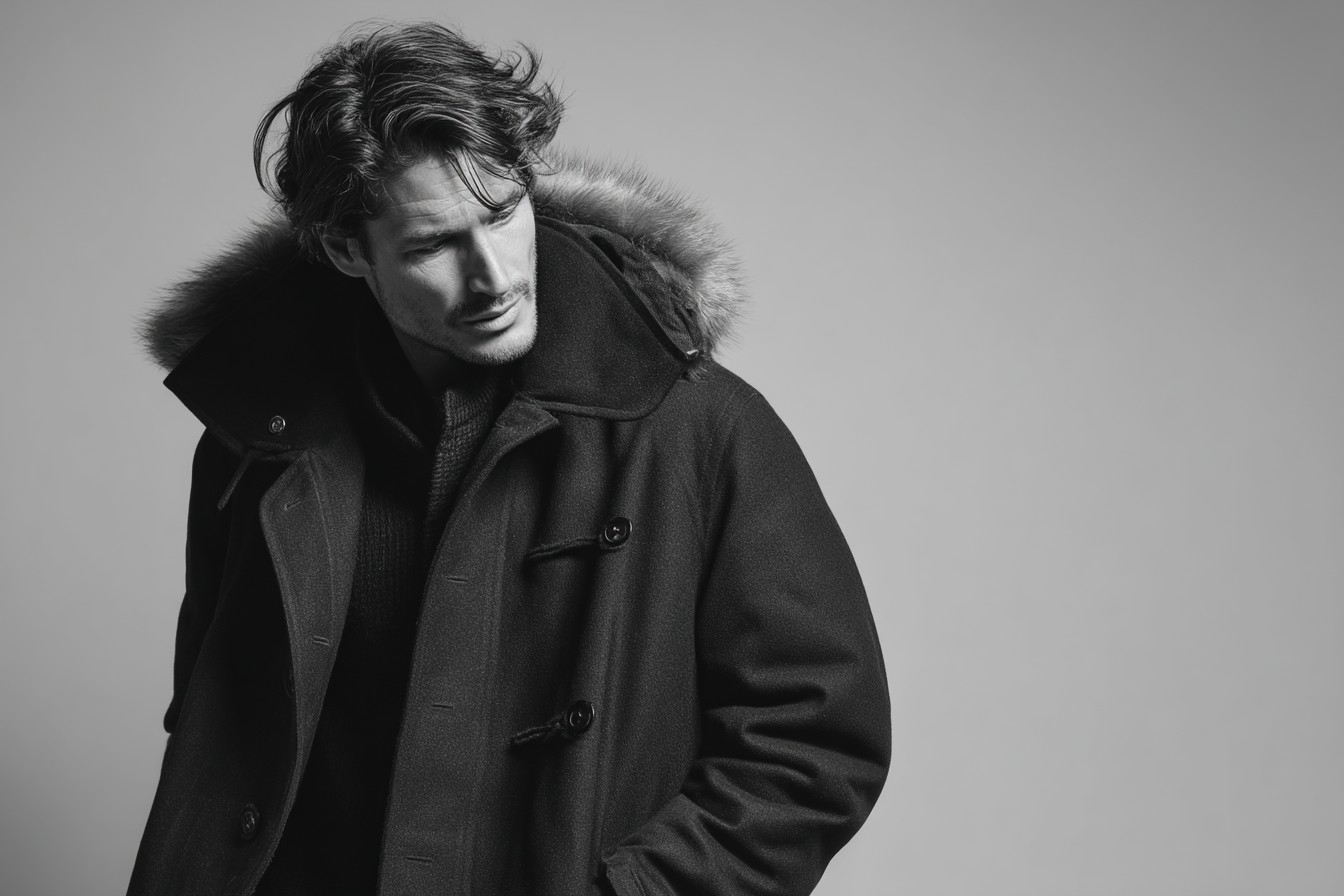
Layering doesn’t mean you need to look like the Michelin Man, by the way. One of my most effective mid-layer discoveries was a lightweight quilted gilet that adds remarkable warmth without bulk. Mine is navy (shocking for a menswear person, I know) and slim-fitting enough to wear under a jacket without looking like I’m smuggling cushions. It traps heat around your core—where you need it most—while leaving your arms free. The trick is finding one that’s actually designed for warmth rather than just looking the part. Check the filling (synthetic PrimaLoft is excellent for our damp conditions), and make sure the armholes are cut high enough to prevent cold air flowing in.
For those properly bitter days, you can double up on mid-layers—perhaps a thin merino sweater under a heavier cardigan—but always check you can still move comfortably. There’s a tipping point where adding more layers actually makes you colder because you’re compressing everything and eliminating the air pockets that provide insulation. More isn’t always better; smarter is better.
Now for the outer layer—your final defense against our delightful winter weather. The classic British solution is waxed cotton (think Barbour and its ilk), which handles our drizzly conditions brilliantly and ages with character. But if you find them too traditional or heavy, technical fabrics have come a long way. The key with any outer layer for British conditions is breathability alongside water resistance. Fully waterproof layers often trap too much moisture from your body, leaving you damp from the inside instead of the outside.
My personal preference is for wool outerwear with a tight weave and perhaps a water-resistant treatment. A good wool overcoat with a high collar can be remarkably effective at blocking wind while still breathing enough to prevent overheating. For casual wear, I’ve got a slightly oversized wool donkey jacket with just enough room for layers underneath. What makes it work is the density of the fabric—it’s hefty enough to block wind but doesn’t feel stiff or restrictive.
Let’s talk about the often neglected lower half. So many blokes focus entirely on their top half and then wonder why they’re still cold while wearing the same jeans they wear year-round. Thin cotton denim does almost nothing for warmth, especially when the wind cuts through it like it’s not even there. Winter-weight trousers make an enormous difference—moleskin, heavyweight corduroy, or flannel-lined options will change your life if you’re used to shivering in regular jeans.
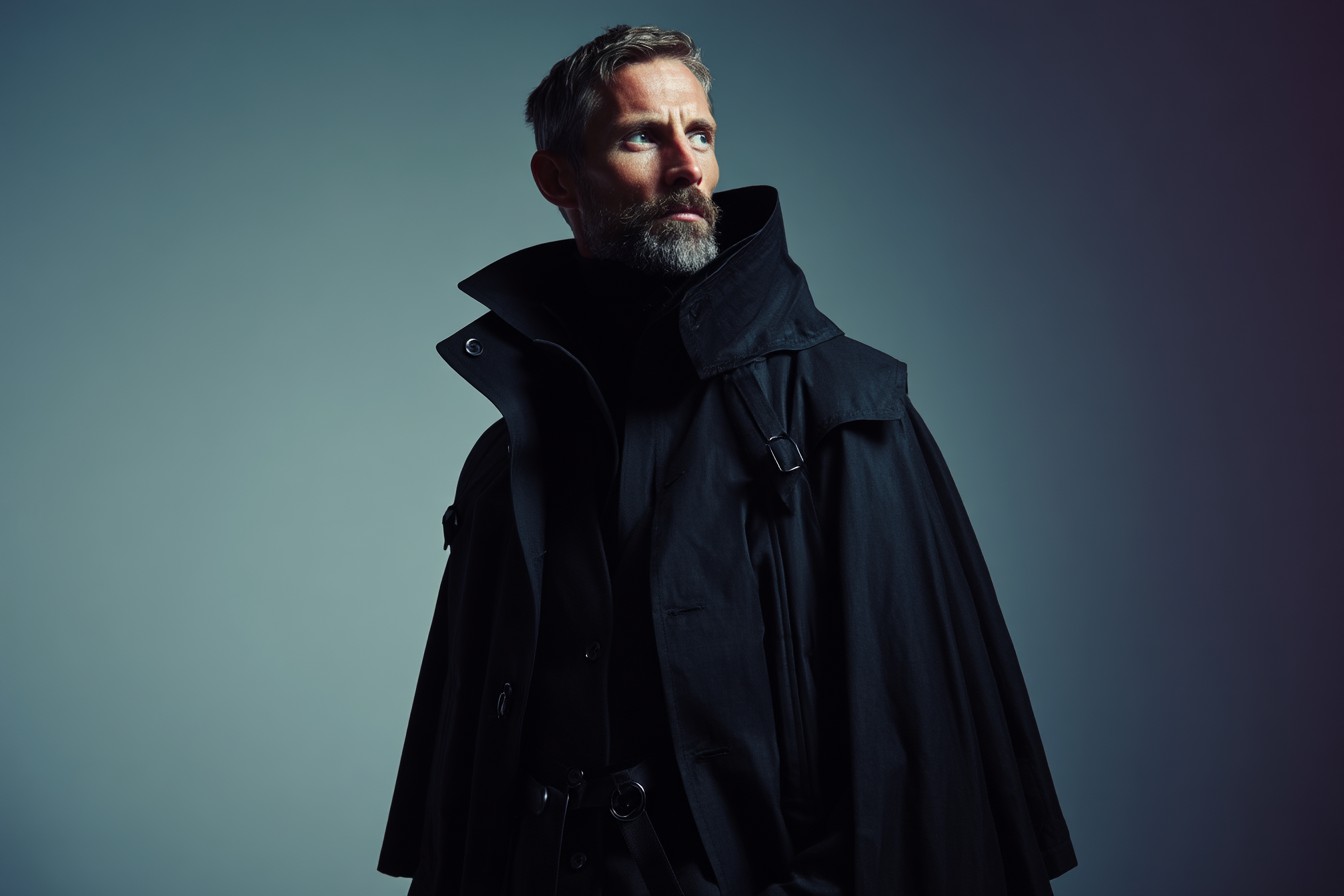
I’ve got a pair of moleskin trousers that look similar to chinos but feel like wearing a soft, warm hug on your legs. They’re smart enough for most offices but substantially warmer than standard cotton trousers. For casual days, heavyweight selvedge denim (preferably unwashed) provides more wind resistance than lighter-weight options. And yes, proper long underwear exists for those truly brutal days, though I generally find upgrading your trousers works better in our climate than adding an extra layer that might cause overheating during indoor-outdoor transitions.
The extremities deserve special attention because they’re where you’ll feel the cold first. The “I forgot my gloves and now can’t use my phone because my fingers have turned to ice” situation is a winter classic I’ve experienced more times than I care to admit. Invest in proper gloves—leather with a cashmere lining if you want to be fancy, or at least something wool that will keep functioning when damp. Touchscreen compatible fingertips are no longer a luxury but a necessity unless you enjoy the face-recognition failure dance when trying to check Google Maps with numb fingers.
For headwear, a wool beanie worn slightly back on the head avoids the “I’m planning to mug someone” vibe while still keeping your ears warm. If you’re precious about your hair, consider earmuffs—yes, really. They’ve made a comeback, and the modern ones are slim enough to fold into a pocket when not needed. Your dignity might suffer momentarily, but your ears will thank you.
Footwear might be the most crucial element of all. Cold, wet feet can ruin your day faster than almost anything else. Goodyear-welted boots with a Dainite rubber sole offer the best combination of weatherproofing and style for our climate. They don’t have to be chunky hiking styles—many classic dress boots have the same construction but a more refined profile. The key is making sure the welt is properly sealed and the leather is adequately treated. I’ve had the same pair of Tricker’s country boots for nearly a decade, and they’ve never once let water in despite regular abuse.
Socks matter more than you think. Forget cotton and go straight for wool blends with some synthetic content for durability. Mountaineering brands actually make the best winter socks—not too thick but remarkably warm and quick-drying. Pantherella does excellent dress versions if you need something thinner for formal shoes.
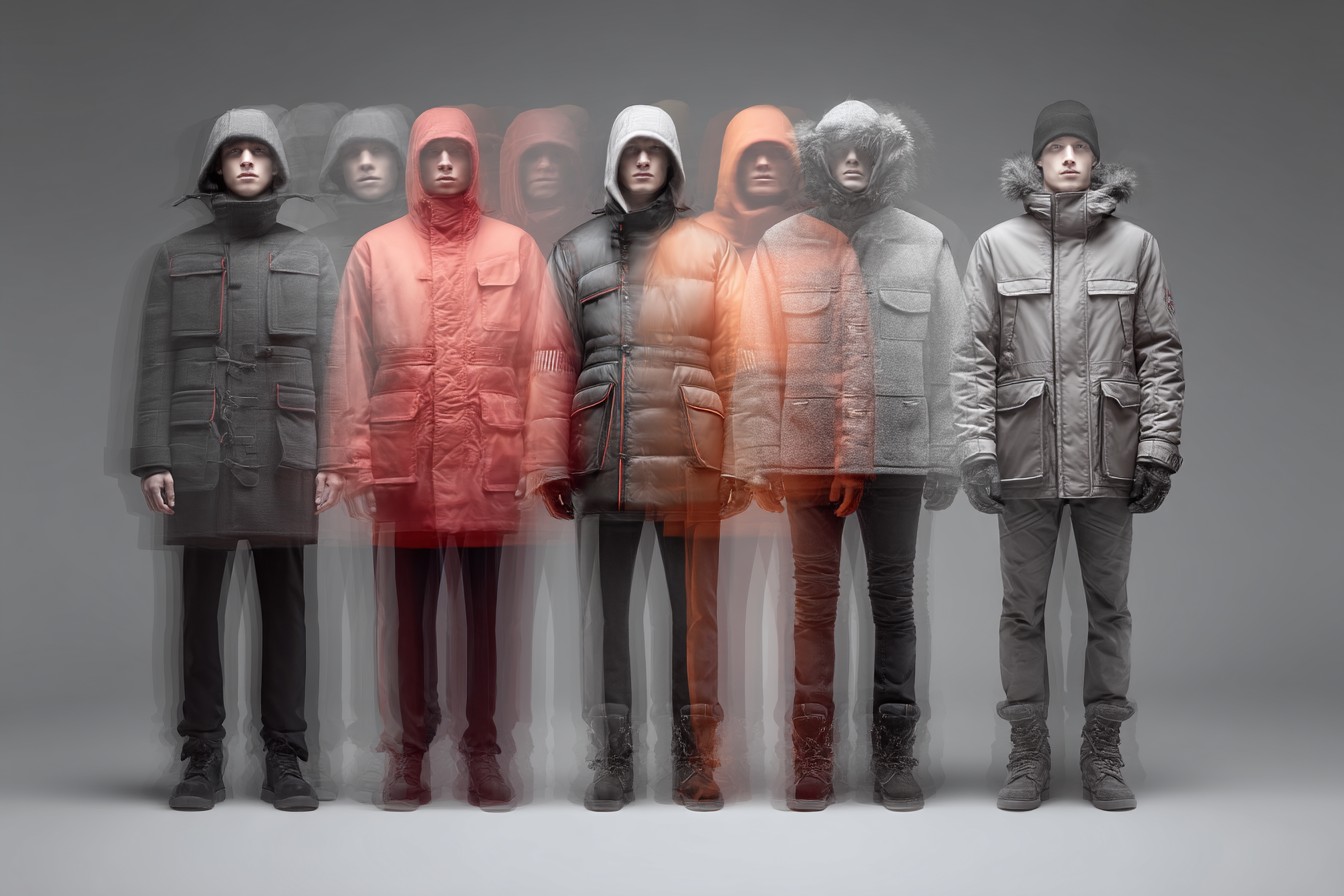
The final frontier of winter layering that most ignore: your house clothes. There’s no point in masterfully layering for the outside world if you’re sitting at home in a cotton t-shirt wondering why your heating bill is astronomical. The same principles apply indoors—opt for merino or cashmere loungewear if your budget allows, or at least jersey cotton with some weight to it. A decent cardigan worn around the house will lower your heating bills and raise your comfort level simultaneously.
I learned this lesson during the energy price spike winter of 2022, when my ancient flat with single-glazed windows was costing a small fortune to heat. I invested in what my friends mockingly called a “house cardigan”—a slightly oversized lambswool shawl-collar number that looked decent enough for impromptu Zoom calls but was primarily designed for warmth. It became such a fixture that my girlfriend started referring to it as my “emotional support cardigan” after I packed it for a supposedly warm holiday in Portugal (where, naturally, it rained the entire time).
The magic of proper British winter layering isn’t just functional—it actually looks good too. There’s something deeply satisfying about putting together combinations that work both thermally and visually. The texture contrast of different wools, the slight color variations in similar tones, the personal touches that emerge when you’re working with multiple pieces instead of hiding everything under one massive coat—all of it adds up to a more interesting appearance.
So as this winter sets in and the familiar damp chill returns to our lives, remember: British cold requires a British solution. Layer thoughtfully, prioritize moisture management, and invest where it matters most. Your internal thermostat will thank you, your style will improve, and you’ll join the ranks of people who understand that our peculiar climate demands a peculiar response. Just like that woman at the bus stop who called me “love” while essentially telling me I was an idiot, you too can stand comfortably in weather that makes tourists question their life choices.
